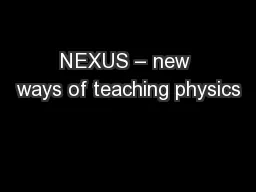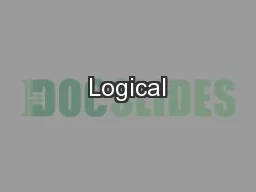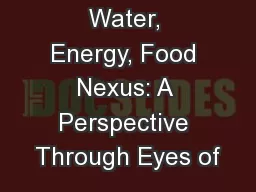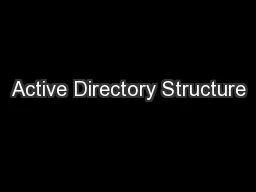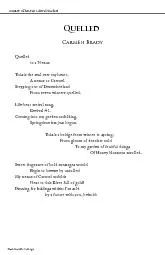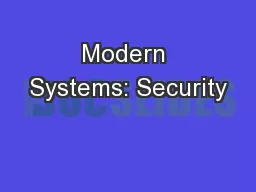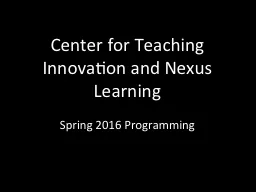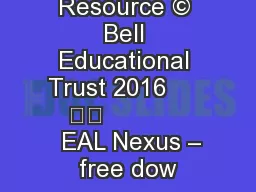PPT-NEXUS – new ways of teaching physics
Author : conchita-marotz | Published Date : 2016-11-28
University of Marylands Biology Education Research Group Physics Education Research Group Teaching is like tapping What some students hear Sir Ken Robinson Sometimes
Presentation Embed Code
Download Presentation
Download Presentation The PPT/PDF document "NEXUS – new ways of teaching physics" is the property of its rightful owner. Permission is granted to download and print the materials on this website for personal, non-commercial use only, and to display it on your personal computer provided you do not modify the materials and that you retain all copyright notices contained in the materials. By downloading content from our website, you accept the terms of this agreement.
NEXUS – new ways of teaching physics: Transcript
Download Rules Of Document
"NEXUS – new ways of teaching physics"The content belongs to its owner. You may download and print it for personal use, without modification, and keep all copyright notices. By downloading, you agree to these terms.
Related Documents

